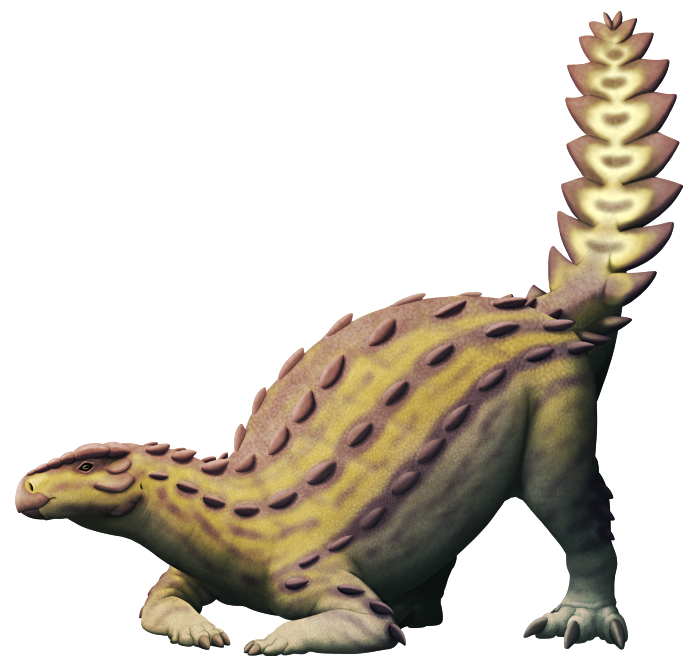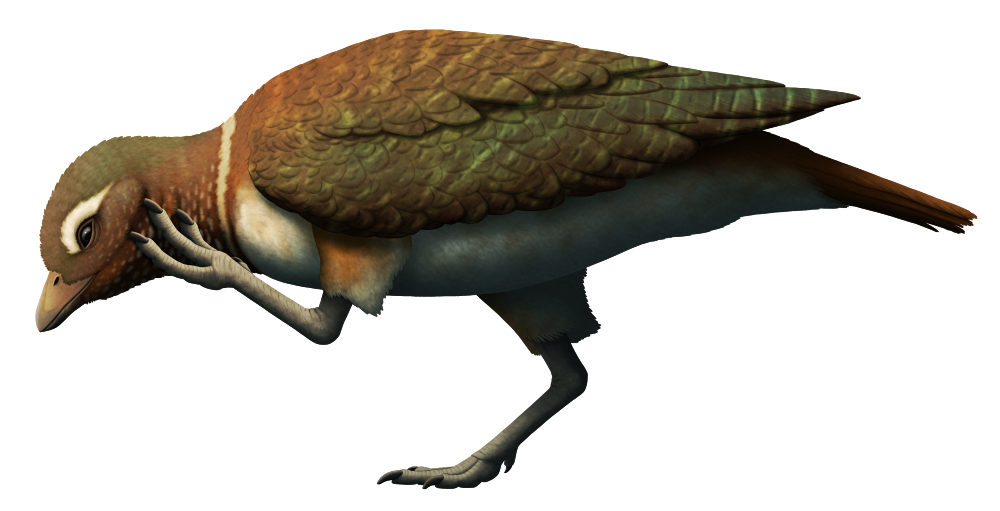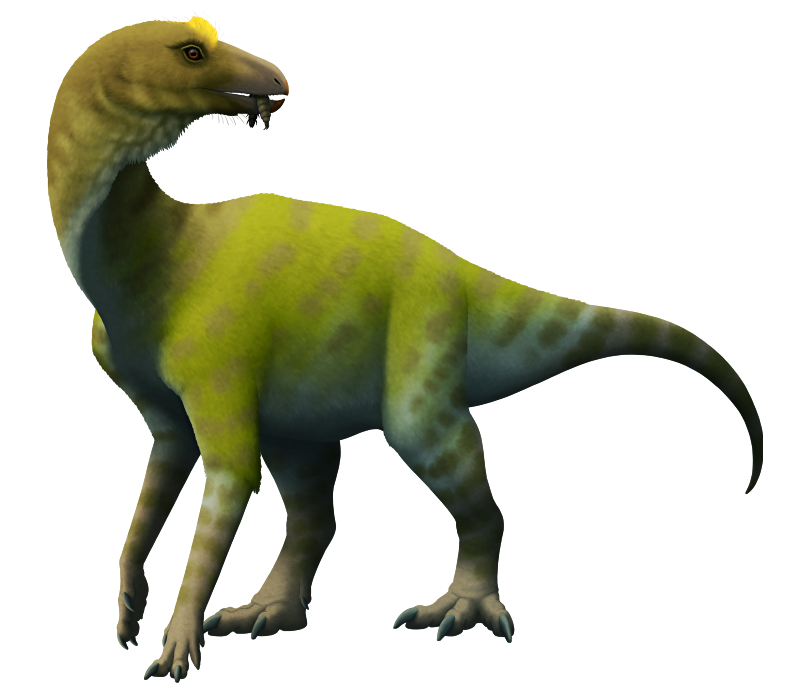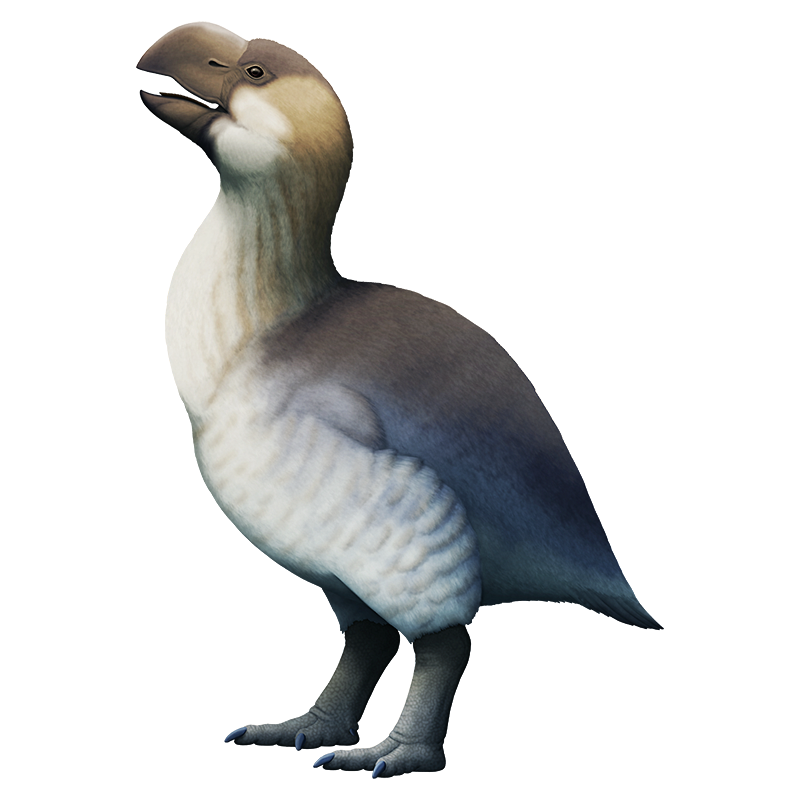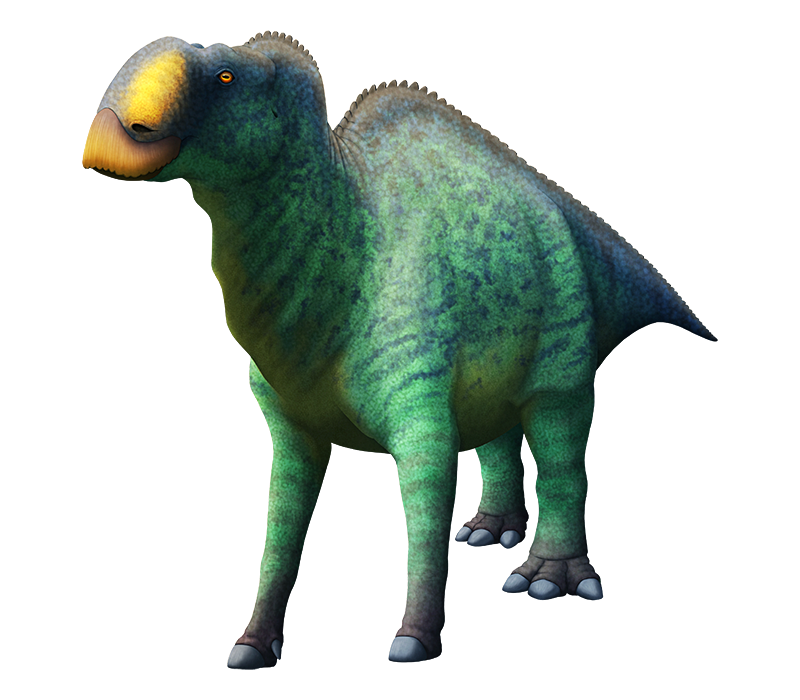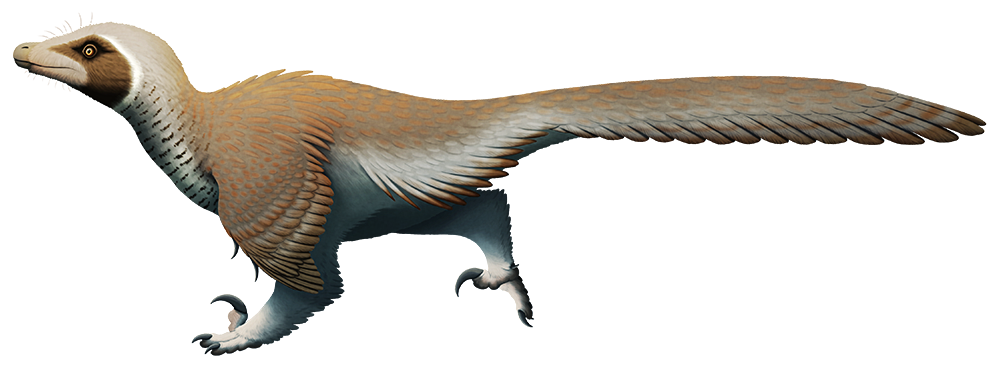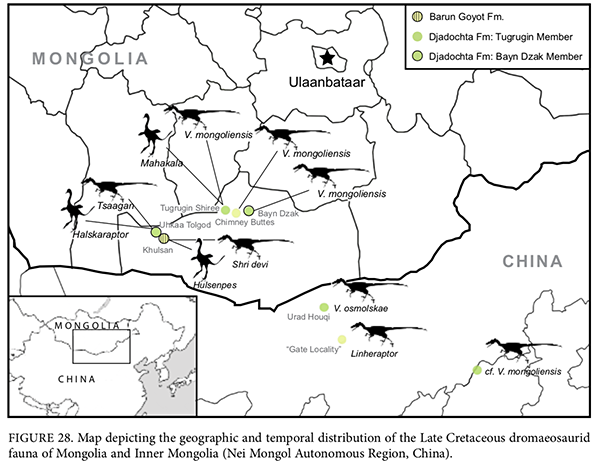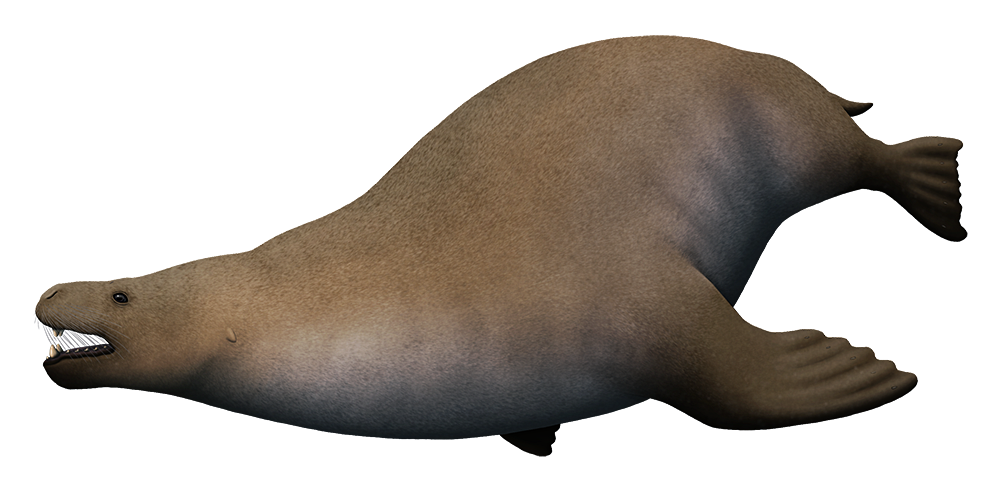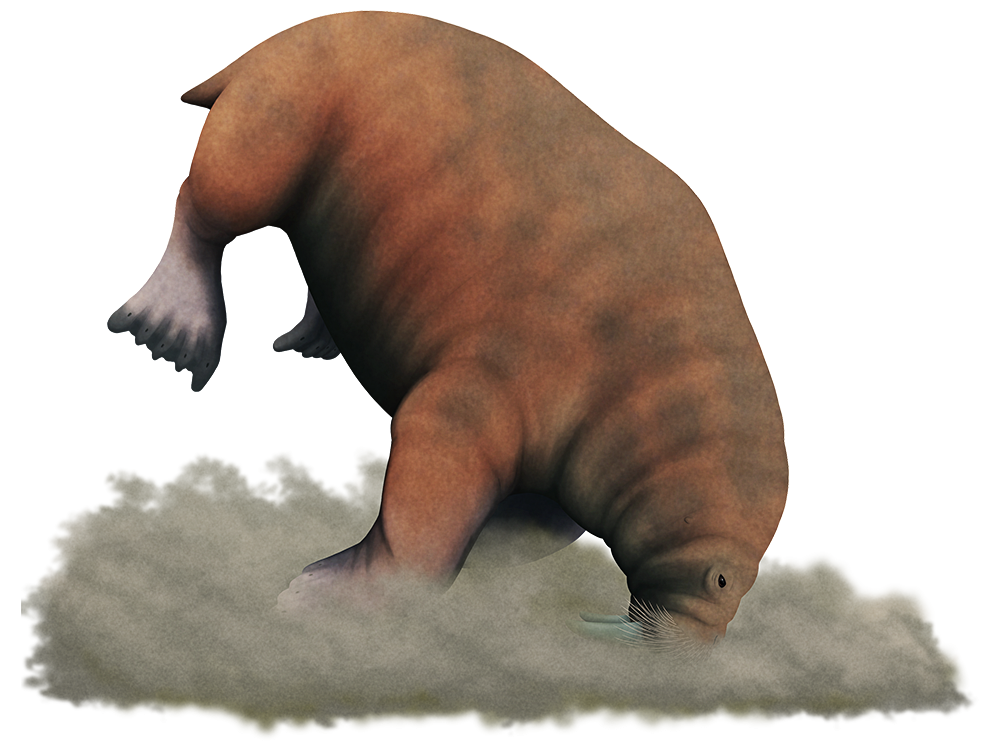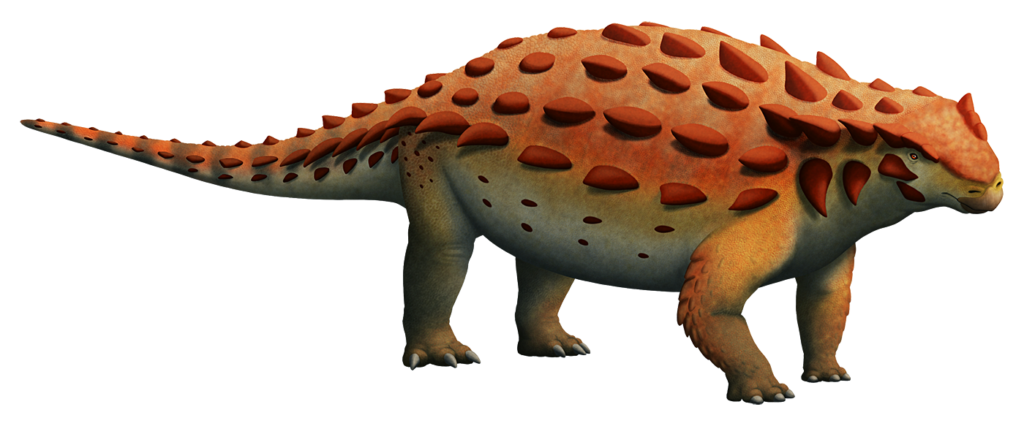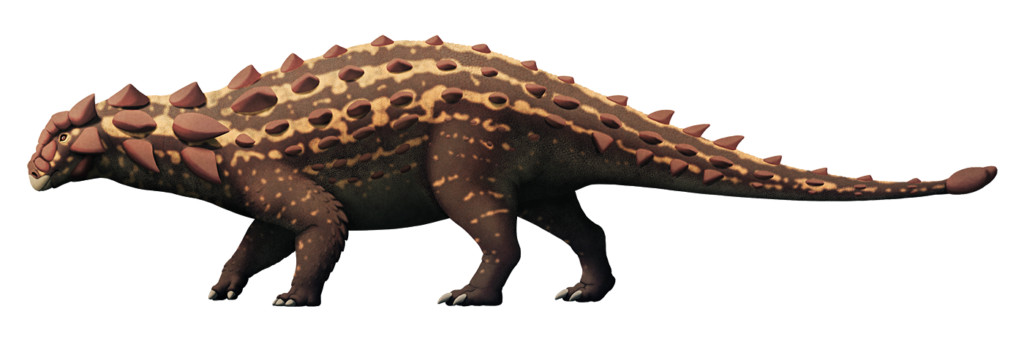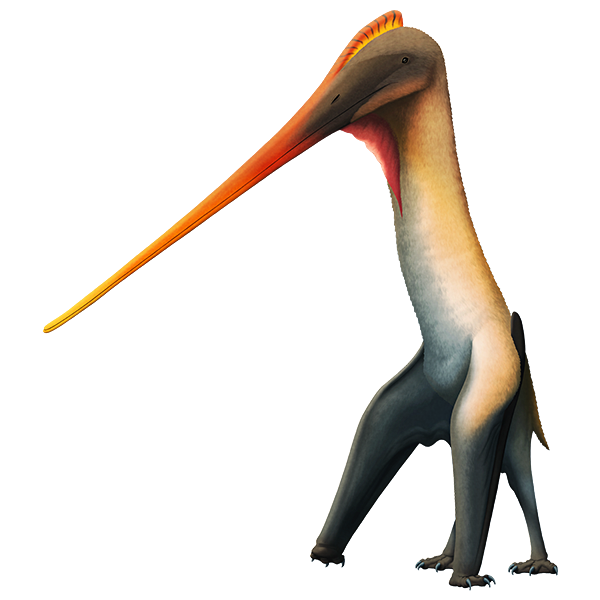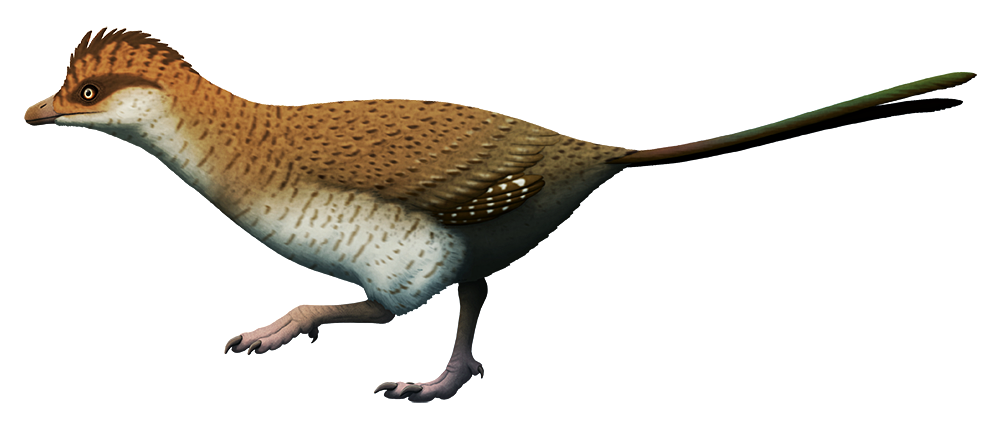While some ankylosaurs are famous for their specialized tail clubs, Stegouros elengassen here had something else entirely going on with its rear end.
Known from the late Cretaceous of southern Chile, about 75-72 million years ago, this small ankylosaur was around 1.5m long (~5′), roughly the size of a large dog. It had a proportionally larger head and more slender limbs than most other ankylosaurs, and a pelvis more resembling a stegosaur, but its most distinctive feature was its tail – it had a completely unique never-before-seen type of tail weapon, with a flat “frond-like” structure formed from several pairs of large fused osteoderms making a shape resembling a macuahuitl.
It seems to have been part of a previously unrecognized very early-branching lineage of Gondwanan ankylosaurs – the parankylosaurians – with its closest relatives Antarctopelta and Kunbarrasaurus also included in this new group. And since the tail regions of both of those other species are poorly known, this means they may also have possessed macuahuitls.

